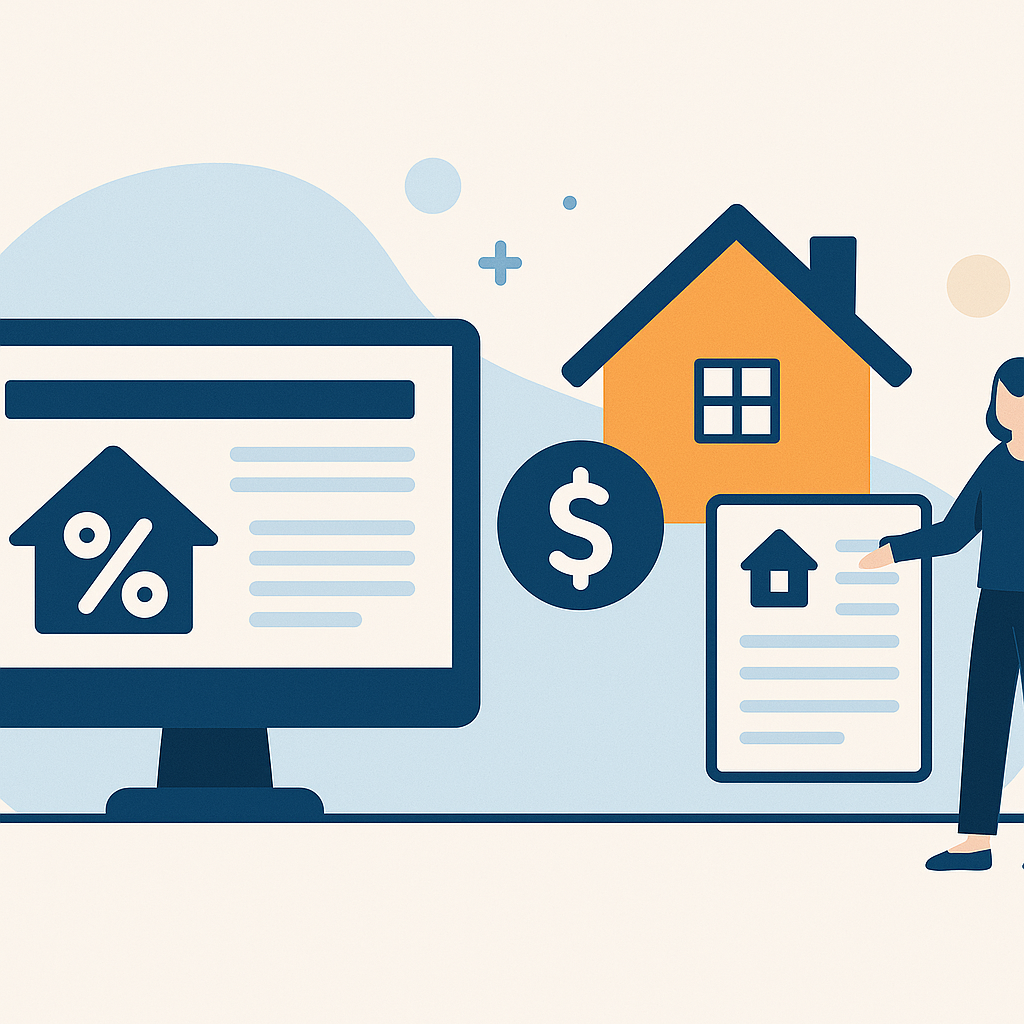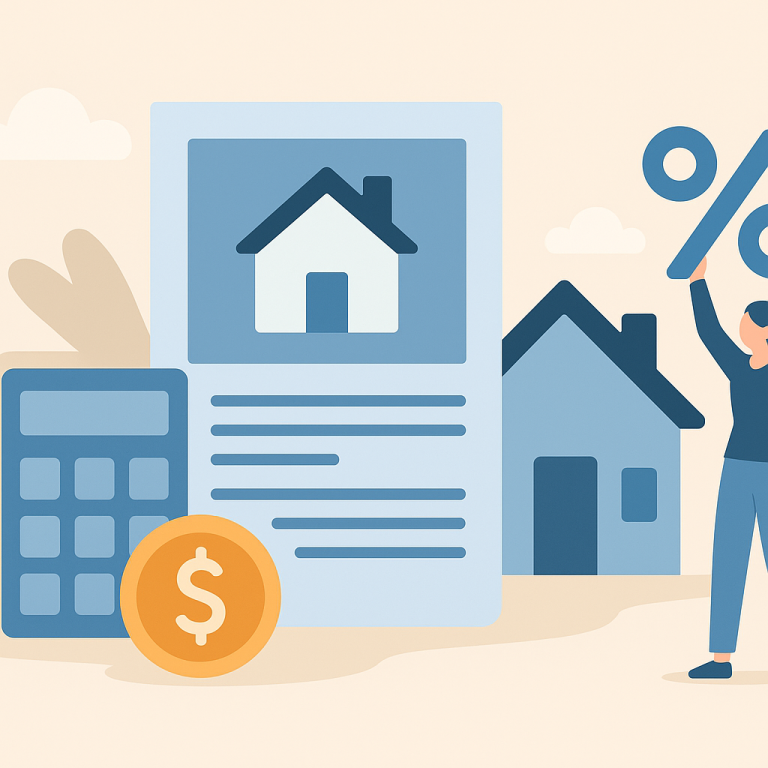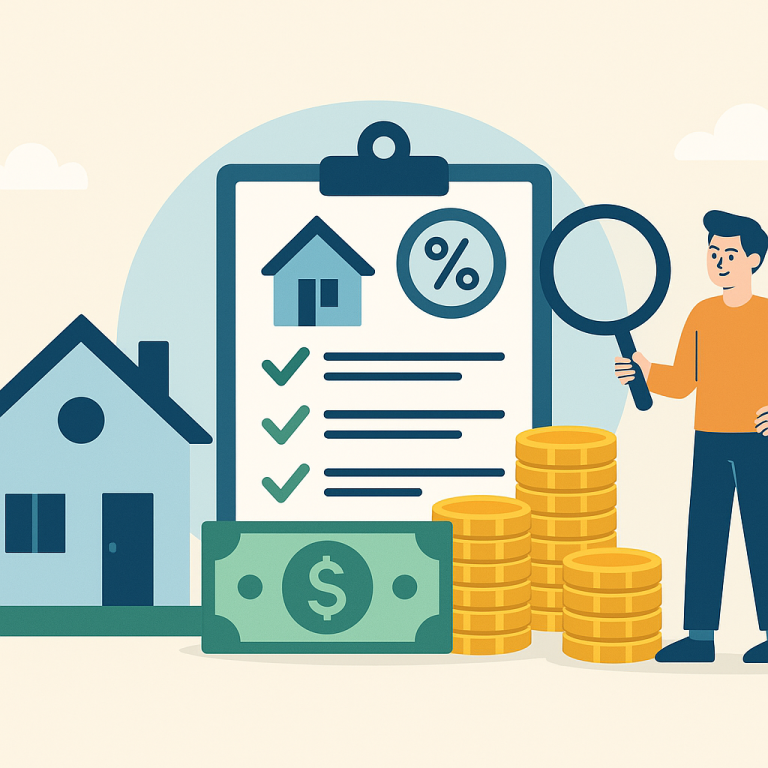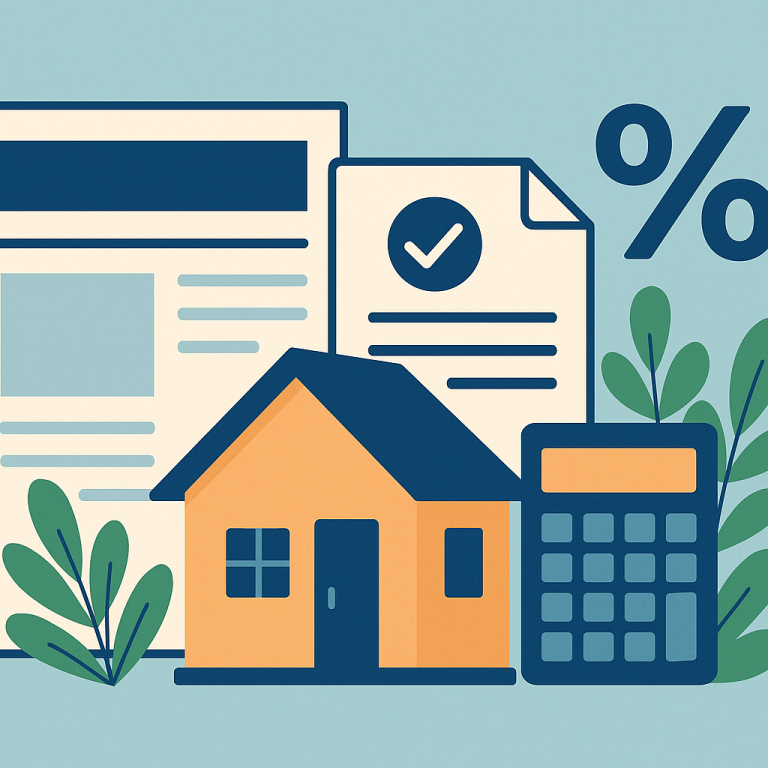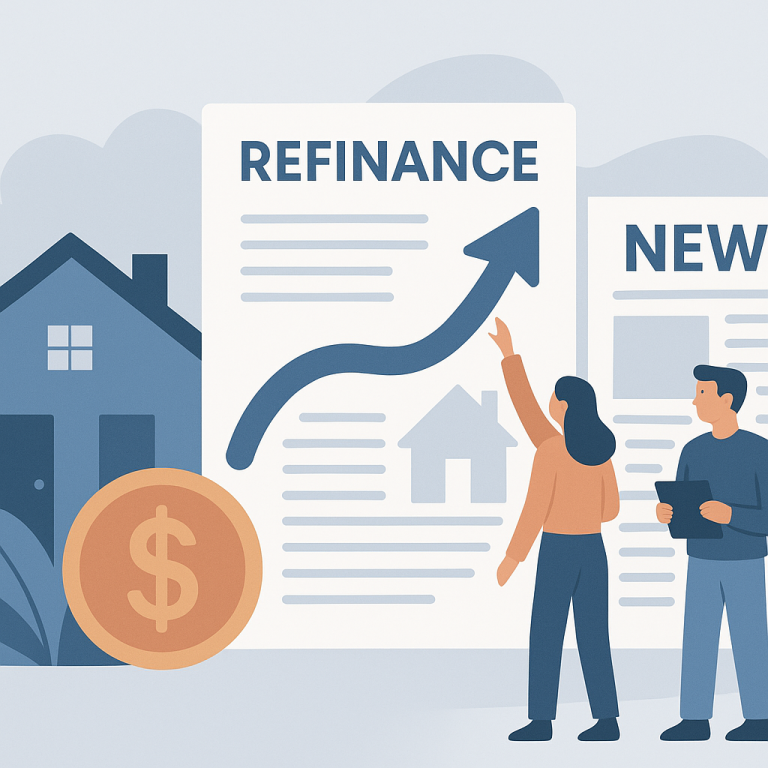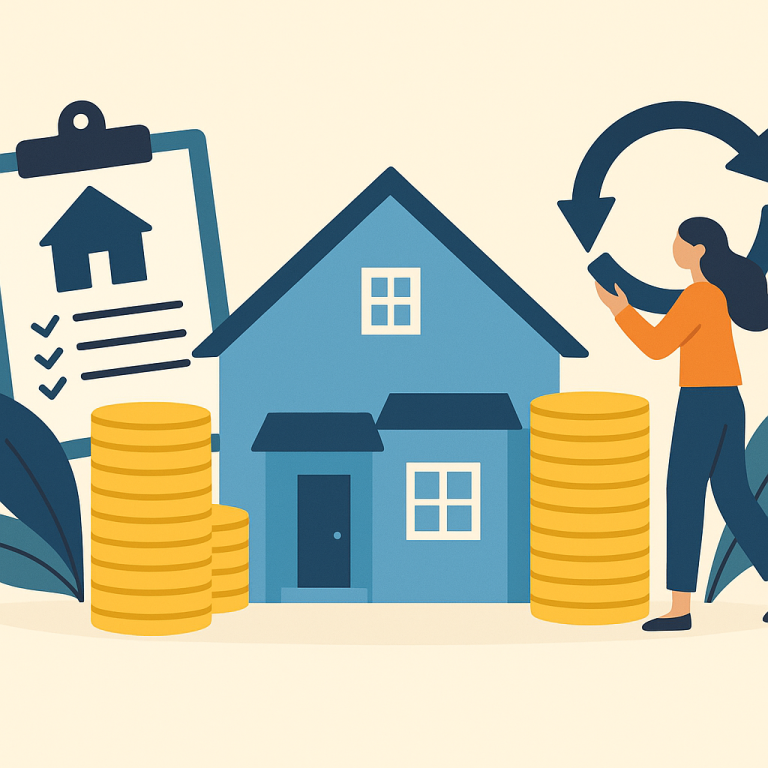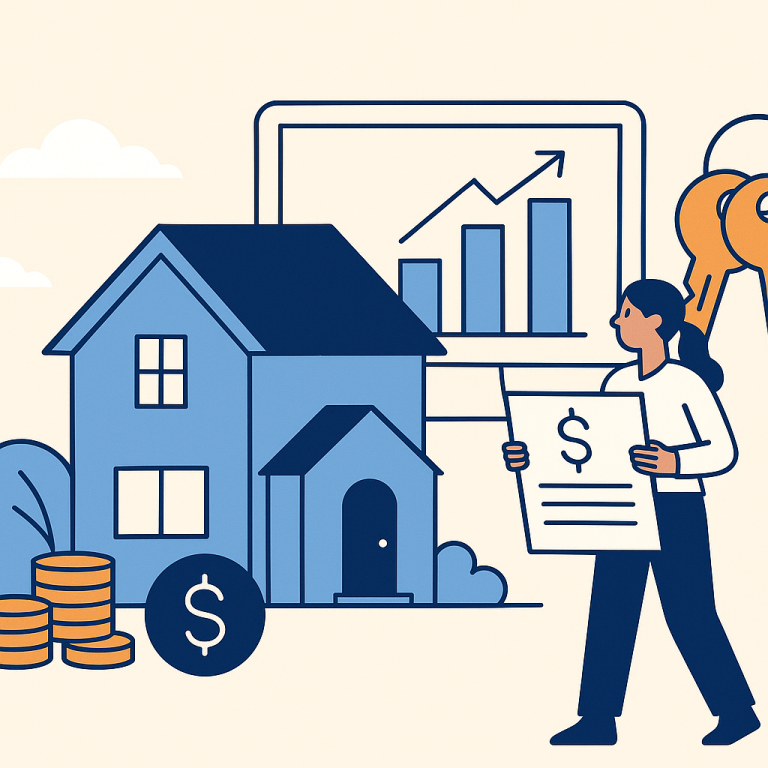Mortgage Refinancing Rates Fall After Fed Pause; 30-Year Fixed Drops To 6.25%
Refinancing Interest Grows as Rate Differential Helps Some Homeowners
Mortgage refinancing activity has edged higher in recent weeks as market rates moderated from earlier peaks, prompting homeowners with older, higher-rate loans to reassess their options. Lenders report renewed interest from borrowers who stand to reduce monthly payments or shorten loan terms, while others remain cautious because of closing costs and shifting personal plans.
What’s driving the renewed interest
Two main forces are driving the uptick. First, borrowers who locked in mortgage rates during prior periods of higher borrowing costs are seeing a significant gap between their existing rates and current lender offers. Second, greater clarity around the economy has eased volatility in long-term rates, making it simpler for homeowners to compare present offers against their long-term financial plans.
Industry professionals emphasize that interest-rate movement alone is not the only factor. Lenders are focusing on credit scores, loan-to-value ratios and documentation that supports stable income. For many borrowers, the decision now hinges on how long they expect to remain in their homes and whether they can absorb upfront refinancing costs.
How homeowners are deciding
Homeowners weighing refinancing options tend to follow a pragmatic calculation. Those who plan to remain in their homes for several years and who can lower their interest rate meaningfully are often moving forward. Conversely, borrowers who expect to relocate or who would see only marginal monthly savings are postponing or declining refinancing.
Some homeowners are also exploring term changes—trading a longer loan for a shorter one to build equity faster—or choosing adjustable-rate products that start with lower payments. Cash-out refinance demand remains selective; borrowers generally pursue cash-out to fund major expenses when the benefits of liquidity outweigh the increased long-term interest cost.
Practical homeowner takeaways
- Compare the net benefit: Calculate the total refinancing cost and the time required to break even on those costs before changing loans.
- Assess your timeline: If you plan to stay in the home for several years, refinancing to a lower fixed rate or shorter term can be advantageous; short stays often favor holding the current mortgage.
- Factor in fees and credit: Closing costs, lender fees and your credit profile materially influence the effective rate and qualification prospects.
- Think beyond the rate: Consider loan term, prepayment flexibility, and whether a cash-out refinance aligns with your long-term financial goals.
- Shop multiple lenders: Quotes can vary. Request in writing the full cost estimate and compare annual percentage rate (APR), not just the nominal rate.
Next steps for homeowners
Start by gathering your current mortgage documents and recent pay stubs, then request estimates from several lenders to understand your options. Use a reputable refinance calculator to model scenarios with different rates and terms and to identify your break-even point. If you have a complex situation—such as variable income, significant home improvements, or tax questions—consult a mortgage professional or financial advisor to tailor the decision to your circumstances.
Refinancing can produce meaningful benefits for the right homeowner but is not universally advantageous. Careful calculation of costs, realistic assessment of how long you will keep the mortgage, and comparison shopping remain the most reliable ways to determine whether now is a good time to refinance.
META: refinance-interest-grows-rate-differential-homeowner-takeaways

